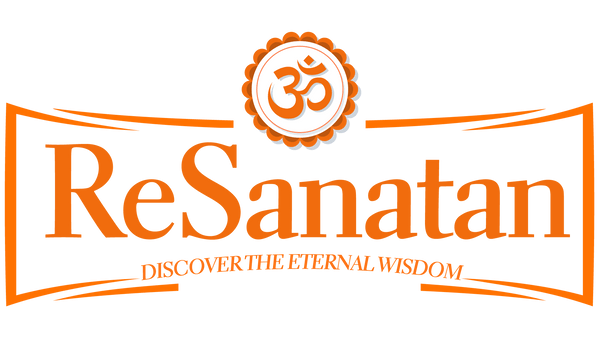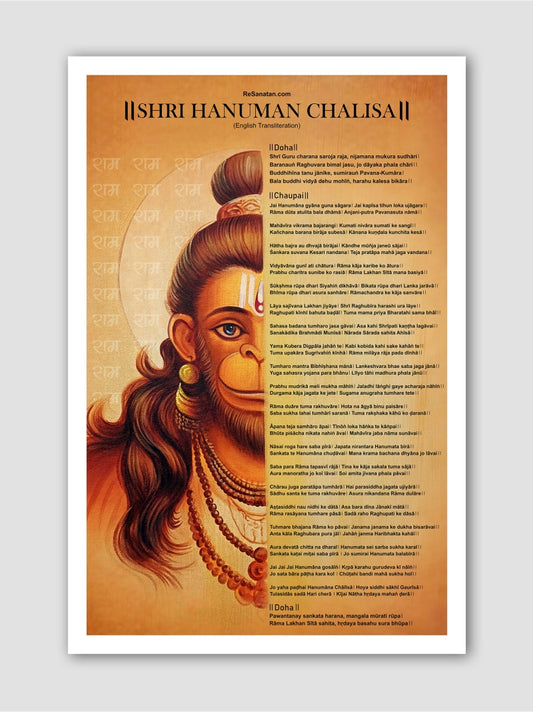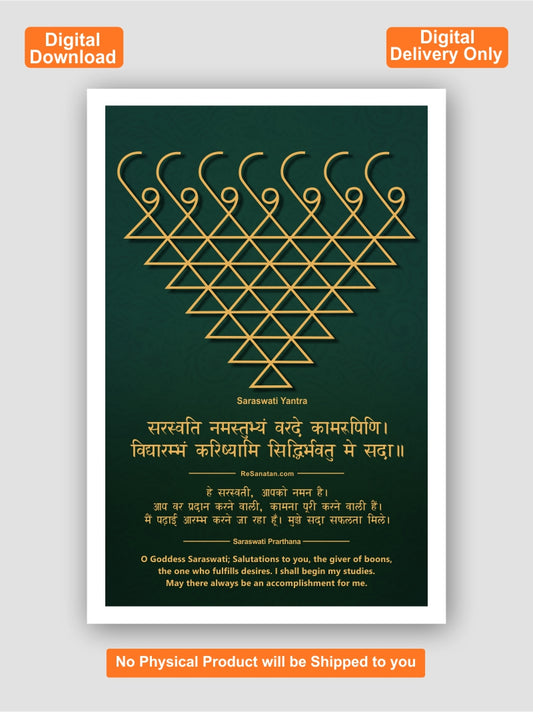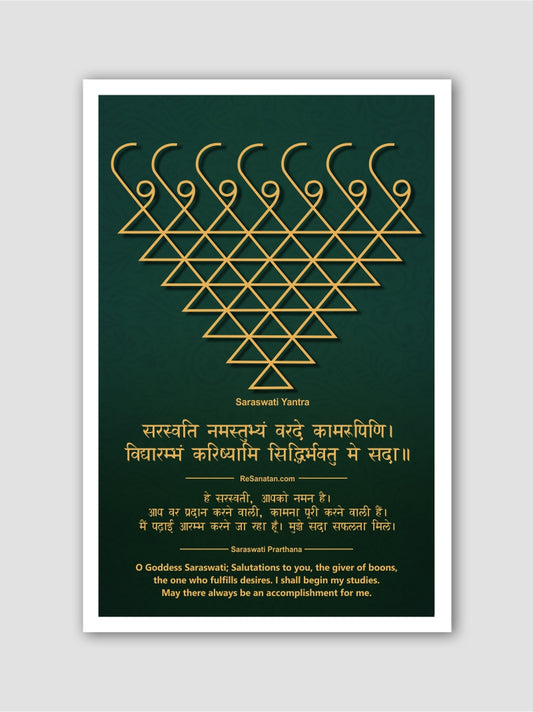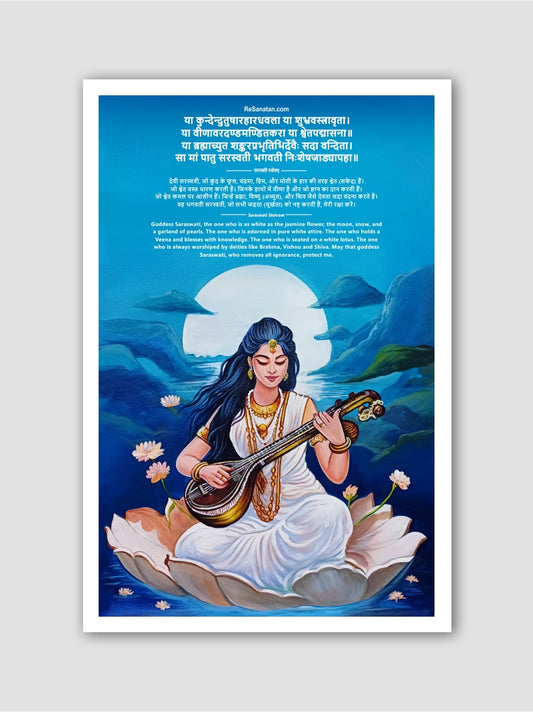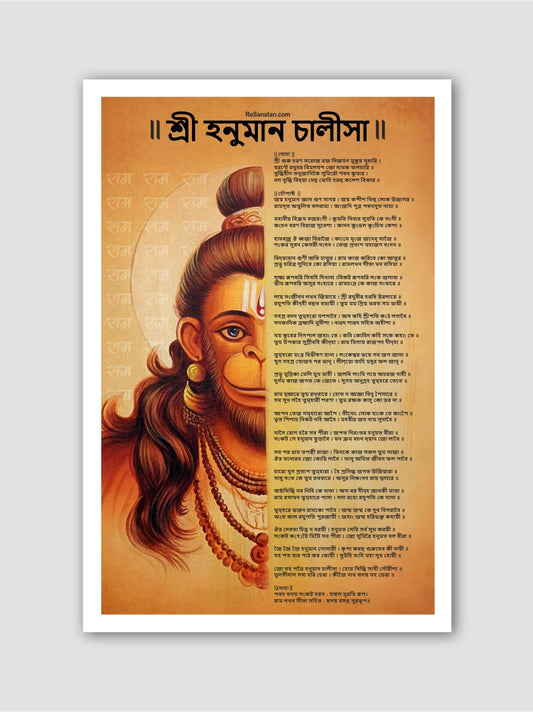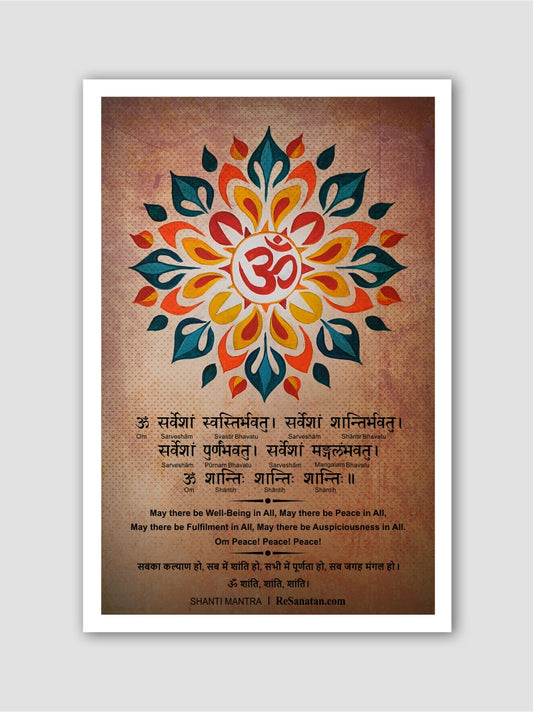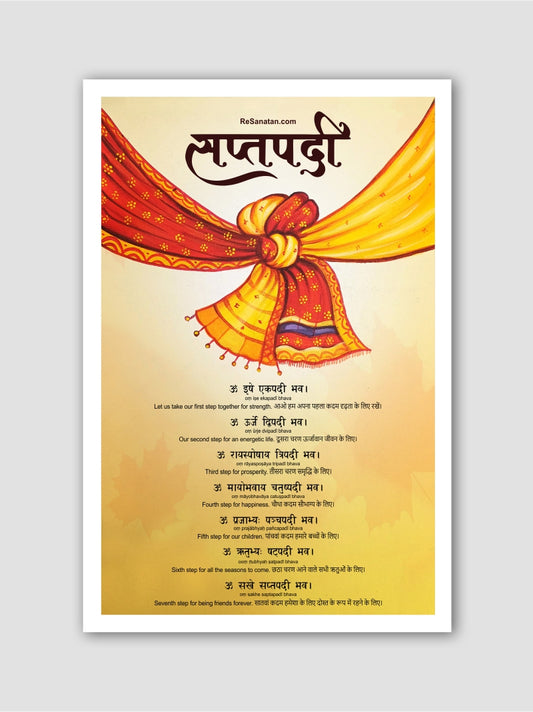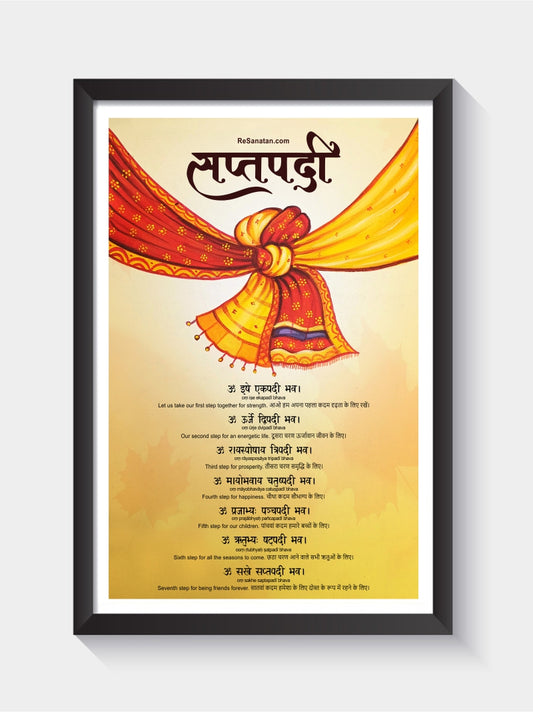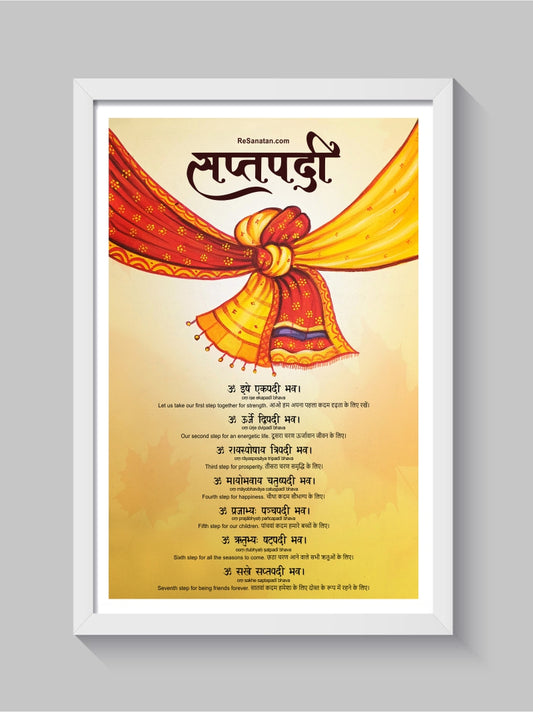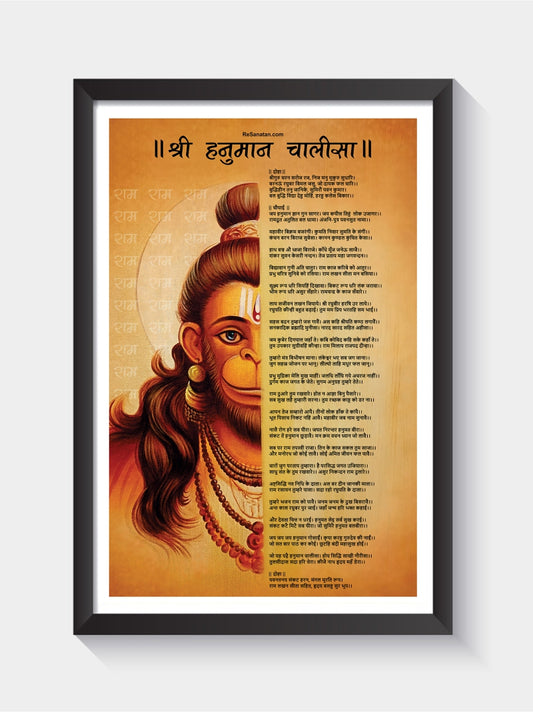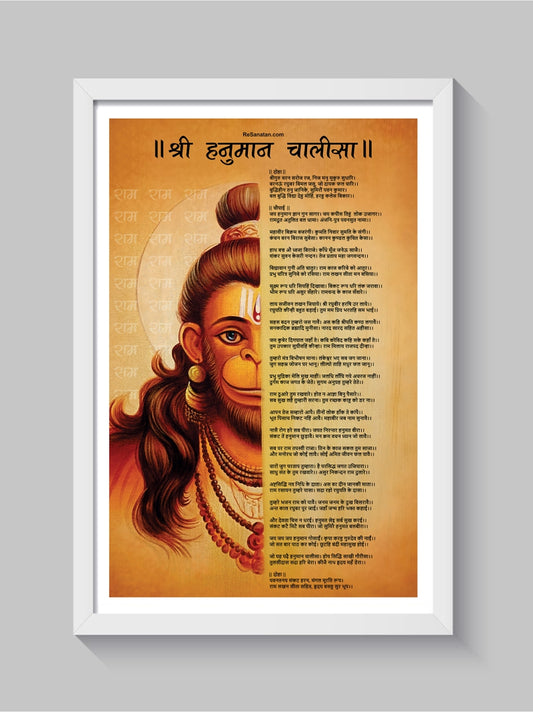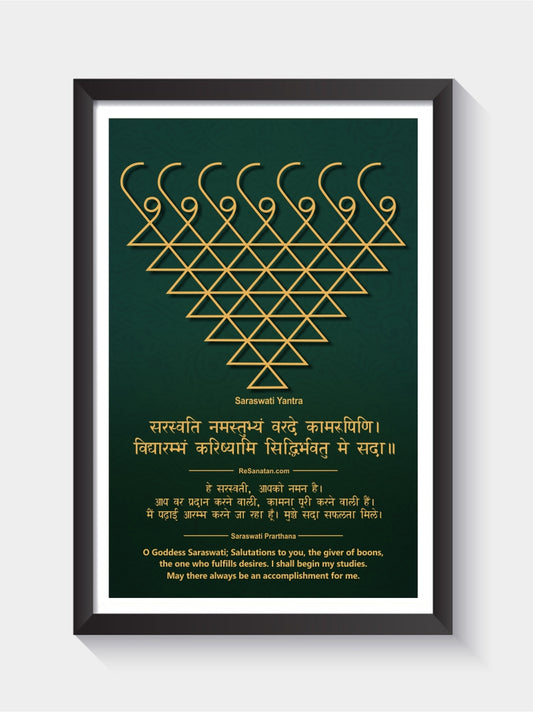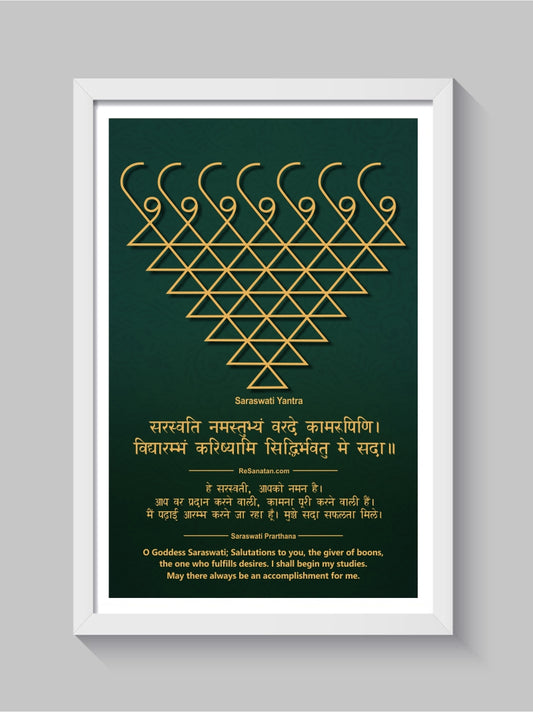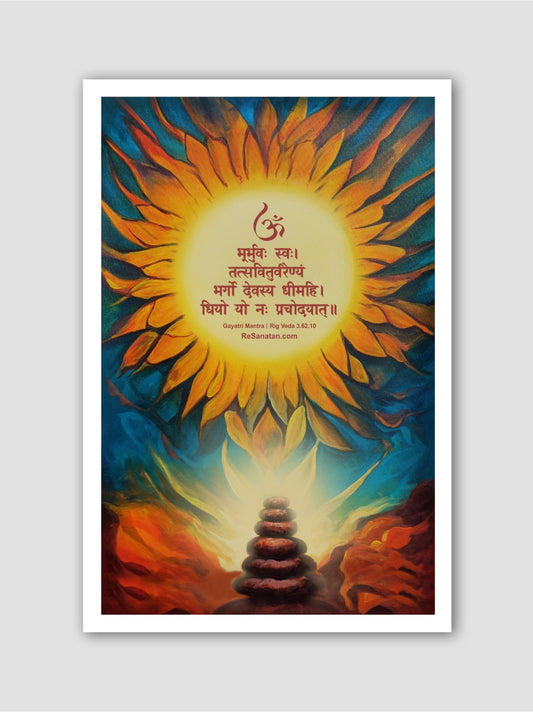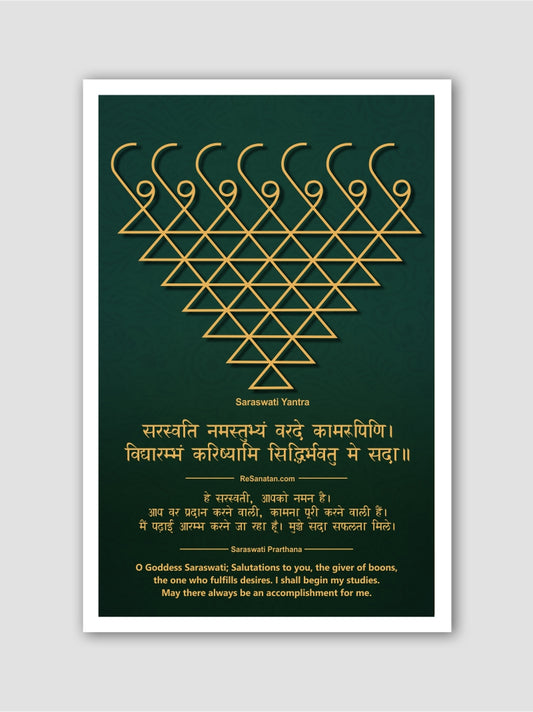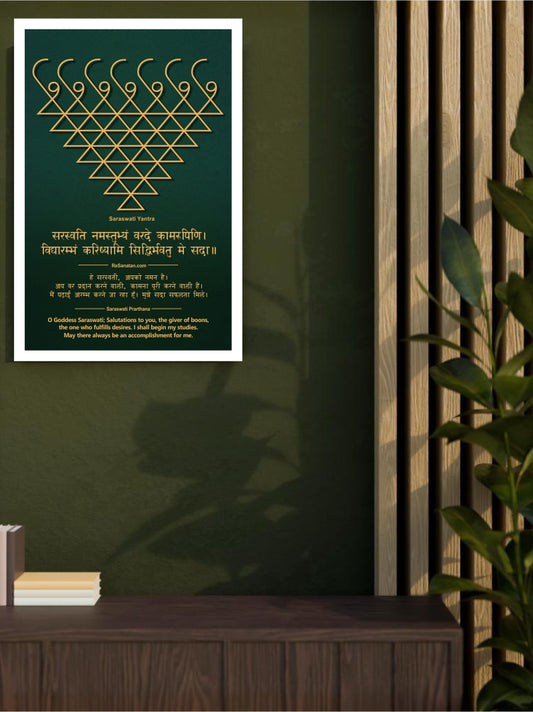The Tripura Rahasya, also known as the Haritayana Samhita, is an ancient Hindu scripture that reveals a profound dialogue between two revered figures of Hindu mythology - Bhagwan Dattatreya and Parashuram. This sacred text is considered a classic example of Advaita Vedanta, the non-dualistic philosophy of oneness. The narrative unfolds as a conversation between the all-encompassing, omniscient sage Dattatreya and Lord Parashuram, the sixth incarnation of Lord Vishnu. This dialogue expounds the profound truths of life, spirituality, and the ultimate realization of the self.
Origin and Significance
The origins of Tripura Rahasya can be traced back to ancient India, with historical references dating to over 1,200 years ago. The text is believed to be composed by a sage named Haritayana, hence the alternate name "Haritayana Samhita." The word "Rahasya" translates to "secret," indicating that the knowledge within this sacred scripture is esoteric and hidden from the ordinary mind.
The Tripura Rahasya gained prominence over the centuries due to its philosophical depth, spiritual wisdom, and practical guidance towards self-realization. It holds a special place in the hearts of spiritual seekers, scholars, and practitioners of Advaita Vedanta.
Introduction of the Characters
The narrative begins with the introduction of the two central characters - Bhagwan Dattatreya and Parashuram. Bhagwan Dattatreya is a unique deity in Hinduism, revered as the union of the holy trinity - Brahma (the creator), Vishnu (the preserver), and Shiva (the destroyer). He is depicted as a wandering ascetic, carrying a trident, a conch shell, and a begging bowl, symbolizing his detachment from worldly possessions. On the other hand, Parashuram is renowned as the warrior sage, wielding an axe, and is considered to be the first Chiranjivi (immortal) in Hindu mythology.
The Encounter of Dattatreya and Parashuram
The ancient scripture delves into the fascinating meeting of Bhagwan Dattatreya and Parashuram. Their chance encounter leads to a profound dialogue that unfolds the secrets of existence and the ultimate purpose of life. Dattatreya, as the supreme Guru, imparts his wisdom to Parashuram, the inquisitive disciple.
The Teachings of Tripura Rahasya
The Teachings of Tripura Rahasya encompasses a wide array of profound spiritual concepts and insights. Let's explore them in detail:
1. Non-Duality and Oneness:
One of the central teachings of the Tripura Rahasya is the philosophy of Advaita Vedanta, which emphasizes non-duality or oneness. According to this philosophy, the individual soul (Atman) and the universal consciousness (Brahman) are not separate entities but are inherently one. The text elucidates that the entire material world is an illusion (Maya), and the true nature of reality lies beyond the realm of duality. It emphasizes that perceiving the world as separate from oneself is the root cause of suffering, and recognizing the underlying unity in all things leads to liberation (Moksha).
2. Nature of the Self:
The Tripura Rahasya expounds on the nature of the Self (Atman) as eternal, formless, and omnipresent. It transcends the limitations of the physical body and the mind, existing beyond birth and death. The text teaches that the true nature of the Self is pure consciousness, unblemished by the fluctuations of the mind. Realizing the Self as distinct from the body-mind complex is the key to self-discovery and liberation.
3. Paths to Realization:
The sacred text presents various paths (Yogas) through which individuals can attain self-realization and liberation. These paths are tailored to suit the different inclinations and personalities of seekers:
a. Karma Yoga: The path of selfless action. This path advocates performing one's duties without attachment to the results. By offering the fruits of one's actions to the divine, individuals can purify their minds and progress towards realization.
b. Bhakti Yoga: The path of devotion. Devotees channel their love and devotion towards a chosen form of the divine, be it a deity or the Guru. Through heartfelt surrender and devotion, one can transcend the ego and merge with the divine.
c. Jnana Yoga: The path of knowledge. This path involves contemplation, self-inquiry, and philosophical study. Seekers strive to understand the illusory nature of the world and the true nature of the Self through discernment and wisdom.
4. The Power of Guru:
The Tripura Rahasya emphasizes the significance of a Guru (spiritual teacher) in the seeker's journey towards liberation. The Guru acts as the guiding light, leading the disciple from darkness to illumination. Surrendering to the Guru's wisdom, following their instructions, and having unwavering faith in their guidance are considered essential for spiritual progress.
5. The Story of Tripura:
Tripura is depicted as a powerful demoness who possesses three fortified cities (Tripura), each located on different planes of existence - the physical, astral, and causal realms. These cities symbolize the layers of ignorance that bind an individual to the material world and prevent them from realizing their true nature.
The Three Fortified Cities (Tripura):
a. The Physical City (Bhurloka): The physical city represents the external world perceived through the senses. It is the realm of materiality and sensory experiences, where the ego seeks gratification through desires and attachments. The physical city symbolizes the initial stage of ignorance, where the individual identifies solely with the physical body and its worldly desires.
b. The Astral City (Bhuvarloka): The astral city represents the realm of thoughts, emotions, and subtle desires. Here, the ego further entangles the individual in the web of desires, ambitions, and fears. The astral city signifies a deeper level of ignorance, where the mind dominates and creates illusions that bind the seeker to the cycle of suffering.
c. The Causal City (Svarloka): The causal city represents the realm of causal factors and ignorance beyond the mind. Here, the individual remains unaware of their true spiritual nature, and the roots of ignorance are deeply entrenched. The causal city signifies the highest level of ignorance, where the ego is deeply entrenched, and the seeker is oblivious to the underlying unity of existence.
Parashuram's Quest: In the story, Lord Parashuram, the disciple, embarks on a quest to vanquish the demoness Tripura and her three fortified cities. Parashuram symbolizes the aspirant on the spiritual path who seeks liberation and the realization of the true Self.
The Conquest of Tripura: Parashuram undertakes a challenging battle to destroy the three cities of Tripura. The threefold battle signifies the inner struggle of the seeker against the ego, desires, and ignorance. Through unwavering devotion and discipline, Parashuram eventually triumphs over Tripura, signifying the seeker's conquest over the inner demons that obstruct spiritual realization.
Symbolic Significance: The story of Tripura has profound symbolic significance: a. The Conquest of Ego: The defeat of Tripura represents the conquest of the ego, which is the root cause of attachment, pride, and individuality. By transcending the ego, the seeker realizes their inherent oneness with the divine and all of creation. b. The Subjugation of Desires: The destruction of the three cities signifies the subjugation of desires and attachments that bind the seeker to the material world. By detaching from desires, the seeker attains inner freedom and peace. c. The Elimination of Ignorance: The conquest of the three cities also signifies the elimination of ignorance. As the seeker gains knowledge and wisdom through spiritual practice and guidance, the veil of ignorance is lifted, leading to self-realization.
The Importance of Self-Inquiry:
Throughout the dialogue between Dattatreya and Parashuram, the emphasis is placed on self-inquiry (Atma-Vichara). By introspecting and questioning the nature of one's true Self, individuals can go beyond the limitations of the ego and intellect, reaching the state of pure consciousness.
The teachings of the Tripura Rahasya offer profound wisdom on the nature of reality, the Self, and the path to spiritual liberation. By understanding the principles of non-duality, the significance of a Guru, and the various paths to realization, seekers can embark on a transformative journey towards self-discovery and ultimate freedom. The sacred text continues to inspire and guide spiritual aspirants on their quest for truth and liberation.
